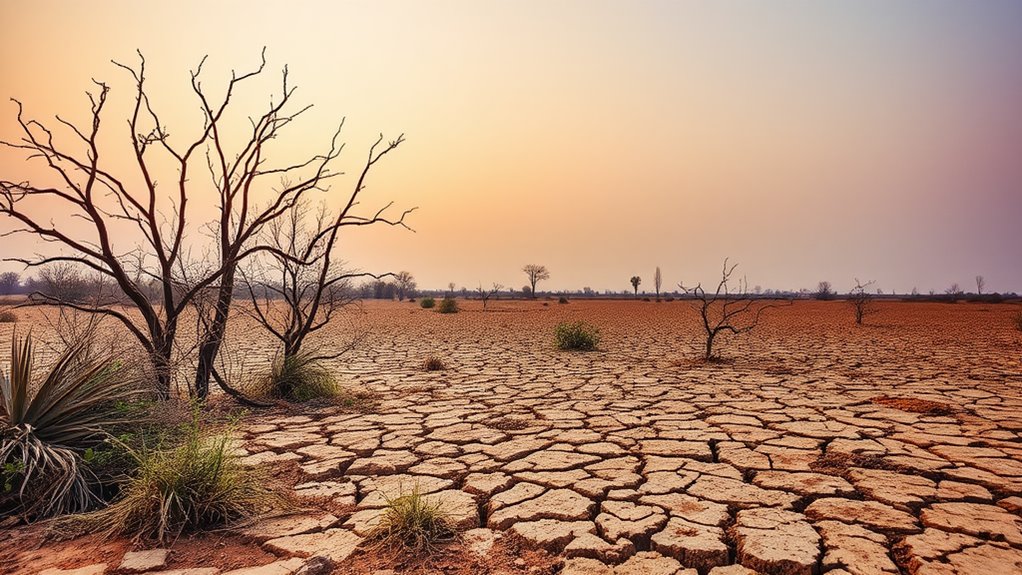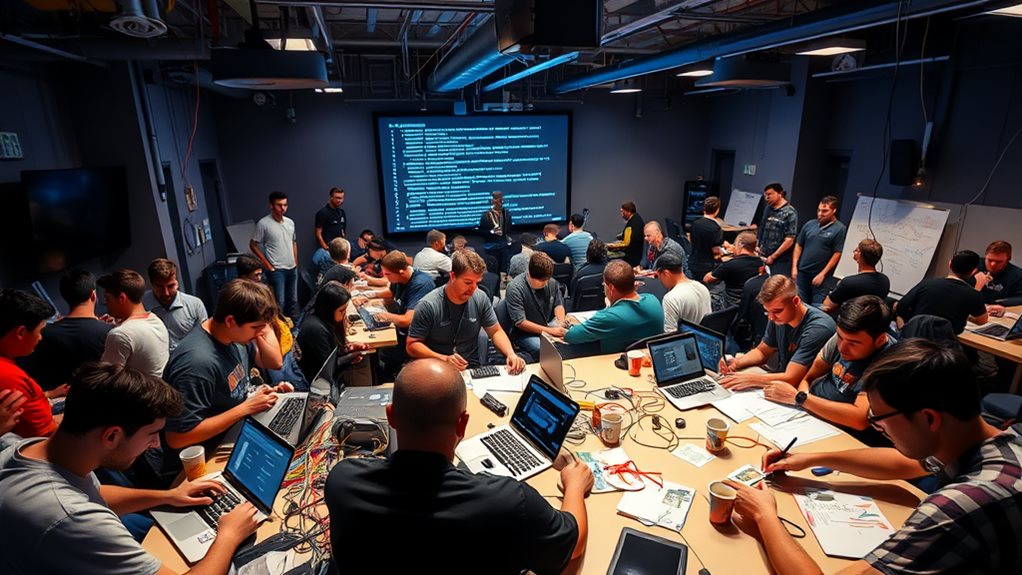Colchester, famed as Britain’s oldest recorded town, blends deep history with modern living. Its Roman walls, castle grounds, and cultural landmarks sit alongside lively restaurants, boutique shops, and green open spaces. This mix of heritage and contemporary comfort makes Colchester a unique backdrop for companionship—where every moment can feel rich, relaxed, and meaningful. In this inviting town, a Colchester escort offers warmth, poise, and connection that elevate both quiet evenings and special outings.
The Charm of Companionship in Colchester
Even in a picturesque town like Colchester, modern life moves quickly. Work commitments, travel, and personal responsibilities can make it difficult to meet new people or enjoy genuine, unhurried connection. A companion provides balance—someone who is present, attentive, and emotionally in tune.
Whether you’re strolling through Castle Park, exploring the High Street, enjoying a dinner date in a charming local restaurant, or simply unwinding in the comfort of your home or hotel, the right escort enhances the moment. They bring conversation, warmth, and a calming presence that transforms ordinary time into something deeply enjoyable.
What Defines a High-Quality Colchester Escort
A great escort is chosen not just for appearance, but for emotional intelligence, class, and adaptability. In Colchester, where social settings range from historical tours to modern nightlife, your companion adapts seamlessly to the atmosphere.
Key qualities include:
Authenticity: Someone who listens, engages naturally, and enjoys genuine connection.
Discretion: Privacy and comfort are always protected, from first communication to final goodbyes.
Warmth and Personality: Conversation flows easily, and the atmosphere feels relaxed rather than rehearsed.
Professionalism: Punctuality, respect, and clear communication make every meeting smooth and enjoyable.
Adaptability: Whether you’re seeking a conversational dinner companion, quiet company for an evening in, or an elegant presence for a social event, they adjust effortlessly to your plans.
This combination creates an experience rooted in comfort and sincerity.
Ideal Occasions for Booking a Colchester Escort
A Colchester escort enhances a wide range of experiences:
Business Trips: After long hours or travel, a warm presence helps you unwind and settle into the evening.
Dinner or Drinks: Share laughter and great conversation at one of Colchester’s stylish eateries or bars.
Quiet, Private Evenings: Enjoy meaningful moments without pressure or expectations.
Cultural or Leisure Outings: Whether it’s a museum visit, a walk through the castle gardens, or exploring local shops, a companion makes the experience richer.
Weekends Away: Transform a short getaway into something memorable with someone who values connection and chemistry.
In a town filled with charm and history, companionship helps you appreciate both the surroundings and the moment.
Choosing Companionship With Confidence
The best experiences come from choosing a reliable escort service—one that prioritizes respect, clear communication, verified profiles, and your personal comfort. The right agency ensures your time together feels effortless, private, and truly enjoyable.
Experience Refined Connection with Charlotte London Escorts
If you’re seeking elegant, sincere, and emotionally attuned companionship in Colchester or across Essex, Charlotte London Essex Escorts offers a curated selection of refined companions who prioritize warmth, discretion, and genuine presence. Discover how meaningful companionship can enhance your time in Colchester by visiting https://charlotteaction.org/ — where quality connections come naturally.







